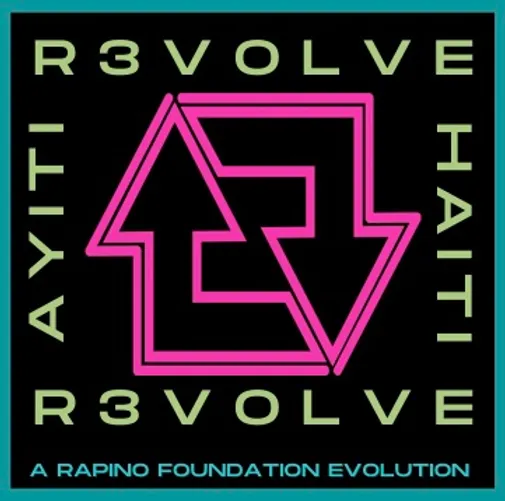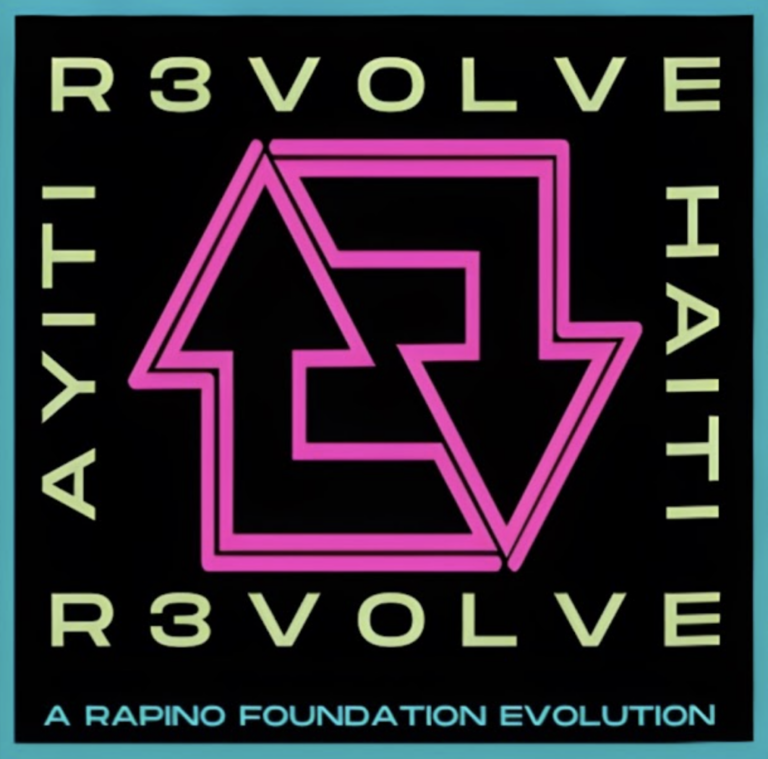Haiti is one of the poorest and most food-insecure nations in the world. Of the country’s population, estimated to be over 10 million, only 58% has access to an adequate amount of food [1, 2]. Data suggests that 45% of Haitians are experiencing malnutrition [3].
In 2010, the only countries with a higher proportion of food insecurity were Eritrea, Burundi, and the Democratic Republic of Congo [1]. Agriculture is the primary income-generating activity for rural Haitians, who represent about 60% of the country’s population [4]. In terms of production quantity, the top crops grown in Haiti (ranked in order) are sugar cane, cassava, yam, banana, sweet potato, plantain, maize, mango, guava, and rice [3]. It is estimated that only one-sixth of the land currently cultivated in Haiti is actually suitable for agriculture [5].
Abundance to Scarcity
Prior to gaining independence from France in the early 19th century, Haiti produced more than half the world’s coffee, 40% of the sugar for France and Britain, and generated 40% of France’s foreign trade. In the 1950s agriculture provided employment for 80% of Haiti’s labor force, contributed 50% of GDP, and 90% of exports. A growing population, limited support to the agricultural sector, a limited land base, low productivity, limited technology, insecure land tenure, and other factors led to increasing urban migration. By the late 1980s the sector employed 66% of the labor force, accounted for 35% of GDP and provided 24% of exports. Increased soil erosion, drought, deforestation, hurricanes, and the 2010 earthquake further exacerbated productivity declines. The 2012 agricultural sector contributions are estimated at 38% of employment and 26% of GDP.
Researchers from the University of Florida tested 1,500 soil samples from Haiti’s five major watersheds, and concluded that nitrogen is the limiting factor in plant production,
Haitian smallholders, who cultivate two hectares of land or less, have experienced a prolonged history of food insecurity, largely attributed to soil infertility and soil erosion [6]. In 1999, soil erosion in Haiti was estimated at 36 million tonnes, or 1,319 tonnes/km2/year [7, 8]; by contrast, the UK lost topsoil at a rate of 9 tonnes/km2/year in 2004 [7, 9]. There are intrinsic biophysical factors and anthropogenic factors that currently contribute to soil infertility and erosion in Haiti, including land gradient, rainfall patterns, soil types, and the unsustainable farming practices of impoverished smallholders [10, 11].
The first biophysical factor contributing to soil erosion in Haiti is topography. On the Haitian portion of Hispaniola, approximately 75% of the terrain can be characterized as mountainous [12]. More than 60% of the land in Haiti has a slope gradient exceeding 20% [5]. Even without human intervention, Haiti’s topography puts the soil at a naturally higher risk of erosion [13].
The second natural contributor to soil erosion in Haiti is its bimodal rainfall pattern. Haiti has a tropical climate with two rainy seasons, from April to June and from August to mid-November, which are interspersed with periods of drought [5]. Polarity in climatic conditions results in alternating extreme environments that can facilitate soil erosion either by wind during periods of moisture deficit, or by water during periods of intense moisture surplus [13, 14]. Drought also causes soil crusting, which then leads to erosion upon the first heavy rains. The annual rainfall patterns in Haiti are poorly documented but appear to be as low as 300 mm in the northwest, and as high as 3,000 mm in the southwest [15, 16].
The third biophysical contributor to soil infertility and erosion in Haiti is its soil type. Soil formation (pedogenesis) begins with long-term weathering of the underlying parent rock, which in Haiti is predominantly volcanic rock or limestone [17]. The formation of Haitian soils has resulted in one of four major subtypes (Figure 1), known as Udepts, Ustepts, Fluvents, and Udults [17]. Udepts and Ustepts are subtypes of Inceptisols; these are newly formed shallow soils that can support forests and grasslands, respectively. Fluvents are similarly shallow and also sandy, making them susceptible to the leaching of water-soluble nutrients. Fluvents are a subtype of Entisols, in which the rate of erosion exceeds the rate of soil formation. Fluvents consist of water-deposited sediments along rivers and of soils found in floodplains. Finally, Udults are a subtype of Ultisols, which are heavily leached acidic forest soils of low native fertility that require additional nutrients to support successful crop production [17]. In other words, the soils of Haiti are intrinsically fragile.
In Haiti, lost soil minerals are not adequately replenished by synthetic fertilizers. Poverty in Haiti contributes to low fertilizer application rates, which results in a situation of near-zero mineral replenishment and an overall deficit in soil nutrients [21]. There is a stark difference between Haiti’s recent consumption of nitrogenous fertilizers, at around 7,670 tonnes per year, and that if its neighbor, the Dominican Republic, at around 43,743 tonnes per year, despite Haiti having 31% more arable land [3, 22, 23]. For further comparison, the USA consumes 700% more nitrogen fertilizers per km2 of arable land than Haiti [22]. There also appears to be a soil nutrient imbalance in Haiti, as the predominant fertilizer
formulation used is 12-12-20 (nitrogen-phosphorus-potassium; NPK), creating a glut of potassium [5].
Researchers from the University of Florida tested 1,500 soil samples from Haiti’s five major watersheds, and concluded that nitrogen is the limiting factor in plant production, followed by phosphorus [5]. Fortunately, the same soil survey (using 1,002 samples) found that the majority of sites had neutral to moderately alkaline pH (pH 7.0 to 8.2; 885 samples), with the remainder being acidic (pH 4.5 to 6.9; 117 samples) [5]. Most crops grow well in soils with a relatively neutral pH (approximately pH 5.5 to 8.0) [13].
Validated strategies used to conserve soil fertility and prevent soil erosion
Several effective erosion-control strategies have been used around the world, based on the principles of conservation farming (CF) [30].
1. Living Erosion Barriers
Rock-wall terraces have been effective in trapping sediment and blocking run-off, but are labor-intensive and cost-intensive to build and involve additional long-term repair costs [21, 31]. Unlike rock barriers, living erosion barriers repair themselves naturally by re-growing. Living erosion barriers can include hedgerows of trees, shrubs, and grasses on slopes. An example of a holistic living barrier is vetiver (Chrysopogon zizanioides), a non-invasive grass grown as a hedgerow that acts as a barrier to the forces of soil and water run-off, contributes to terracing, and can be used as a mulch [32].
2. Tied Ridges and Contour Farming
Other well-known strategies include tied ridges (parallel ridges with interspersed mounds in the trenches to prevent water flow), contour farming (crops planted in rows perpendicular to the slope), and no-tillage agriculture (planting by seed drilling into existing crop residue without tilling the soil) [30, 33].
3. Cover Crops
A particularly effective strategy to prevent soil erosion is the use of cover crops, which carpet the soil, protecting it from exposure to rainfall within or between cropping seasons [11]. Perennial plants and trees serve a similar purpose, and alley cropping is a style of agroforestry that involves the cultivation of food crops between hedgerows of leguminous trees (see below) or shrub species [31, 34].
4. Vermiculture and Animal Manure as Fertilizer
The use of organic fertilizers has been shown to improve soil fertility. The oldest form of organic fertilizer is animal manure, which can be improved upon using appropriate composting, storage, and field-application strategies [35]. However, where livestock and poultry are limited, an alternative is vermiculture, the practice of raising earthworms for their feces (worm castings) [36]. Vermiculture has been shown to be a cost-effective source of organic fertilizer, although in practice, its application is limited to small home gardens [36]. Composting toilets are now resurfacing as an alternative technology to capture valuable nutrients from human waste, especially nitrates and phosphates [7, 37, 38], although this can be an expensive intervention in terms of capital costs.
5. Post Harvest Plant Sediment and Intercropping
The other crucial type of organic fertilizer is the nutrient-rich plant matter that remains in the field after harvest [39–41]. Of particular interest is plant matter that is rich in organic nitrogen, primarily legume crops (which are edible, for example, beans) and green manure plants (not edible by humans); these plants have a special symbiotic relationship with root-inhabiting bacteria that can convert atmospheric N2 gas into organic nitrogen fertilizer [42, 43]. Traditional cultures intercrop cereal crops (for example, corn) with legume crops, or rotate a cereal crop in one season with a legume crop in the next season; the non-harvested legume plant material (including roots) then deposits rich fertilizer into the soil during decomposition. The symbiotic nitrogen-capturing bacteria are known as Rhizobia, and different legume cultivars often require specific strains of Rhizobia for optimal production of nitrogen fertilizer [44]. Coating legume seeds with the optimal Rhizobia strain called an “inoculant” – along with the micronutrient molybdenum, if it is deficient in the soil – has been shown to improve legume yields and the deposition of organic nitrogen fertilizer into the soil [45].
In 2014 the Haiti Ministry of Agriculture with technical assistance from USDA/NRCS conducted a detailed 3000 ha pilot soil survey using digital and traditional soil mapping techniques within the Haiti Cul-de-Sac plain. http://agriculture.gouv.ht/statistiques_agricoles/wp-content/uploads/2015/10/Draft_Haiti_Manuscript-8-28-14.pdf
Haitian non-governmental agencies in the Agronom Sector
Zanmi Lasante (Partners in Health)
Mouvman Peyizan Papay (MPP)
La Via Campesina (LVC)
The Bassin Zim Educational Development Fund (BZEDF)
Organization for the Rehabilitation of the Environment (ORE)





